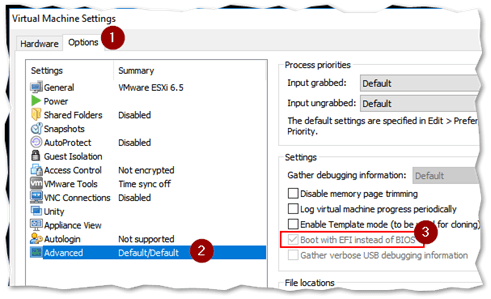
Legacy SD and USB devices are supported with some limitations listed below. The disk contains the boot partitions, ESX-OSData volume, and VMFS datastore.Īre USB/SD boot devices being deprecated? The disk contains the boot partitions and ESX-OSData volume. The recommended ESXi 7.0 install options are the following: Looking ahead, there will be new features that require ESXi hosts with high-quality persistent storage (local hdd/ssd or boot from SAN). What is recommended for ESXi system storage? A boot device must not be shared between ESXi hosts. Use USB, SD, and non-USB flash media devices only for ESXi boot bank partitions. What is supported for ESXi system storage?ĮSXi 7.0 requires a boot disk of at least 32 GB of persistent storage such as HDD, SSD, or NVMe. Check out this article for detailed information.

Even though 4 GB boot media devices are supported, it is strongly recommended to adhere to the boot media requirements for a fresh vSphere 7 installation. There’s a requirement for boot media to run a 4 GB storage device at minimum, when upgrading to vSphere 7.
#Vmware esxi usb boot upgrade
However, the boot media requirements differ between a new vSphere 7 install, and an upgrade to vSphere 7.

The ESXi system storage requirements are also applicable for ESXi upgrades (6.x > 7). What happens to the system storage layout when I upgrade my ESXi hosts to vSphere 7?

This article details these changes introduced with vSphere 7 and how that reflects on the boot media requirements to run vSphere 7. We have increased the boot bank sizes, and consolidated the system partitions and made them expandable. What has changed for ESXi system storage?


 0 kommentar(er)
0 kommentar(er)
